Researchers say adopting forage fish diet could prevent up to 750,000 deaths from diet-related disease in 2050 and benefit Global South
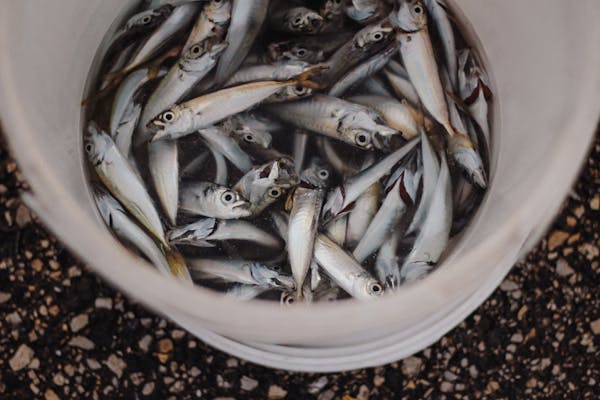
Swapping red meat for “forage fish,” such as herring, sardines and anchovies, could save up to 750,000 lives a year in 2050 and significantly reduce the prevalence of disability as a result of diet-related disease, suggests a data analysis published in BMJ Global Health.
Adopting this type of diet would be especially helpful for low- and middle-income countries, where these fish are cheap and plentiful, and where the toll taken by heart disease, in particular, is high, say the researchers.
Marine forage fish, preyed upon by larger fish, are rich in omega-3 fatty acids (DHA and EPA), potentially preventing coronary heart disease. They are also rich in calcium and vitamin B12 and boast the lowest carbon footprint among animal food sources.
Currently, 75 percent of forage fish catch – crucial for food-insecure regions in the Global South – is processed into fishmeal and oil, primarily for fish farming catering to high-income consumers. Despite studies highlighting their nutritional and environmental benefits, it remains uncertain how substituting forage fish for red meat could alleviate the global disease burden.
To address this knowledge gap, researchers devised four scenarios, each reflecting different global forage fish allocation patterns. They used projected 2050 red meat consumption data for 137 countries and historical forage fish catch data. The scenarios include:
- Scenario I: Domestic supply prioritized, with forage fish caught for national consumption or red meat substitution.
- Scenario II: Minimized meat intake, with substitution prioritized in countries with high sheep and cattle consumption.
- Scenario III: Adequate fish intake, prioritizing countries with low fish consumption.
- Scenario IV: Equal percentage of red meat replaced in all countries based on forage fish availability.
Their analysis shows that, if widely adopted for direct human consumption, forage fish would potentially provide substantial public health benefits, particularly in terms of reducing the occurrence of coronary heart disease. Globally, this approach could prevent 500,000 to 750,000 deaths from diet-related disease in 2050 – and deaths from coronary heart disease in particular – and it could avert 8 to 15 million years of life lived with a disability, most of which are concentrated in low- and middle-income countries.
The researchers acknowledge that the limited supply of forage fish cannot fully replace all red meat. However, it could potentially increase daily per capita fish consumption close to the recommended level of 40 kcal in most countries, leading to a 2 percent reduction in deaths from various diseases by 2050.
Among the scenarios, Scenario I had the fewest deaths averted. Allocating all forage fish to regions with the lowest fish intake, primarily lower and middle-income countries (Scenario III), would more effectively reduce the global burden of disease, according to the analysis.
For landlocked countries without direct access to seafood, such as Mongolia, Turkmenistan and other African countries, global marketing and trade in forage fish would need to be expanded, the researchers point out.
“Despite the theoretical potential of forage fish, several barriers, such as fishmeal and oil processing, overfishing, climate change and cultural acceptance may prevent the health benefits of forage fish from being realized,” the researchers said. “Multi-sectoral policy coordination and action (eg: prioritizing access to affordable fish, such as forage fish, for the poor and promoting the use of nutrient-rich microalgae as fish feed) could help to address some of these barriers.”
Mounting evidence links red and processed meat consumption with heightened risks of non-communicable disease, which accounted for around 70 percent of all deaths globally in 2019, explain the researchers. Of these, coronary heart disease, stroke, diabetes and bowel cancer made up nearly half (44 percent) of this toll, with coronary artery disease taking the lion’s share.
Now that you've reached the end of the article ...
… please consider supporting GSA’s mission to advance responsible seafood practices through education, advocacy and third-party assurances. The Advocate aims to document the evolution of responsible seafood practices and share the expansive knowledge of our vast network of contributors.
By becoming a Global Seafood Alliance member, you’re ensuring that all of the pre-competitive work we do through member benefits, resources and events can continue. Individual membership costs just $50 a year.
Not a GSA member? Join us.
Author
-
Responsible Seafood Advocate
[103,114,111,46,100,111,111,102,97,101,115,108,97,98,111,108,103,64,114,111,116,105,100,101]
Tagged With
Related Posts
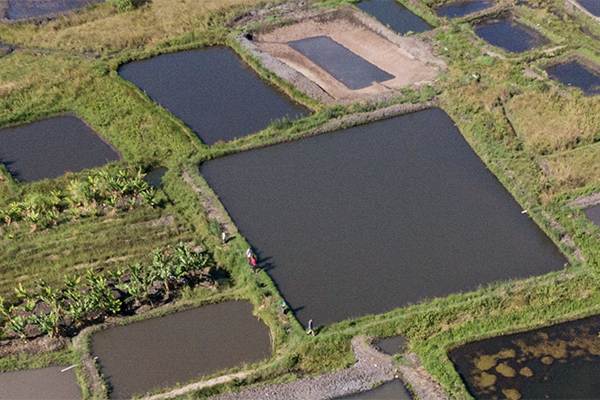
Responsibility
Study: Small-scale aquaculture can improve income, food security in rural regions like Zambia
A Stirling study finds that adopting aquaculture helps rural Zambian households diversify their income and improve their food security status.
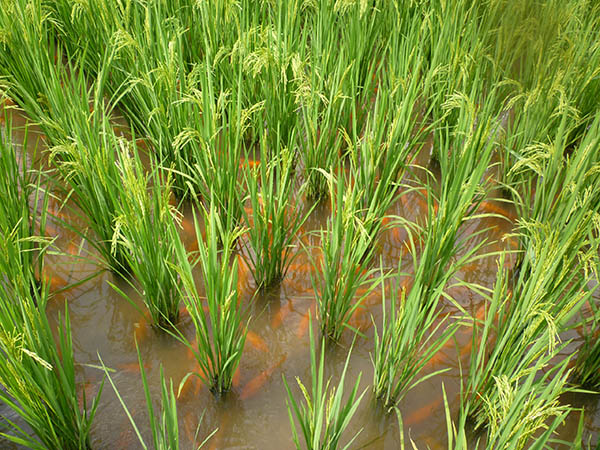
Responsibility
Study: Aquaculture in rice paddies can help meet global food security demands
Researchers say that raising fish and other aquatic livestock in rice paddies has the potential to meet global food security demands.
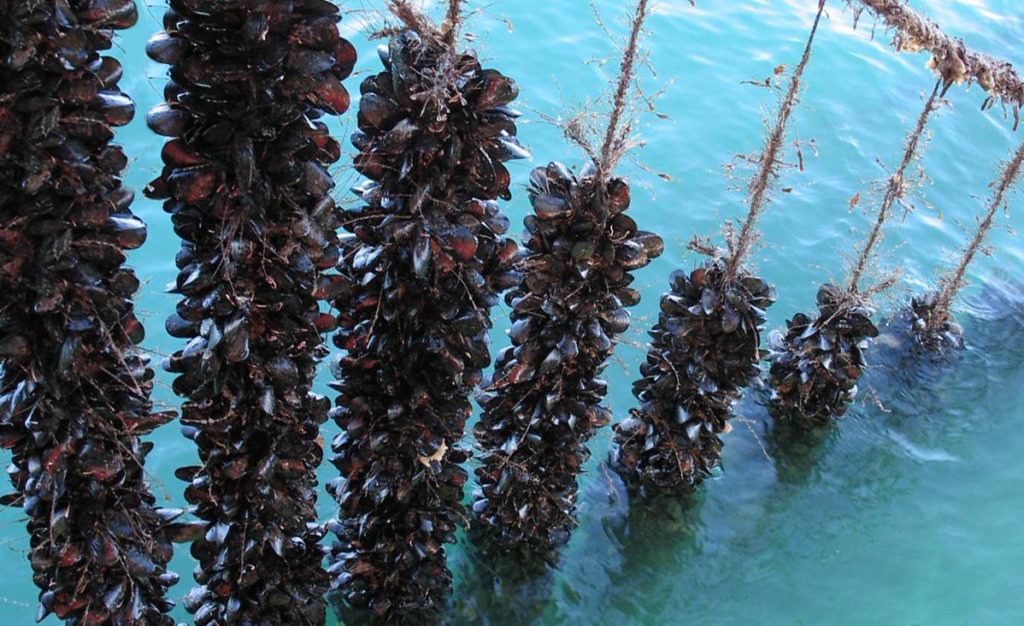
Responsibility
New analysis and online tool shows value of aquatic foods in addressing global food challenges
A new interactive online tool and analysis shows how leveraging aquatic foods can help policymakers address multiple global challenges.
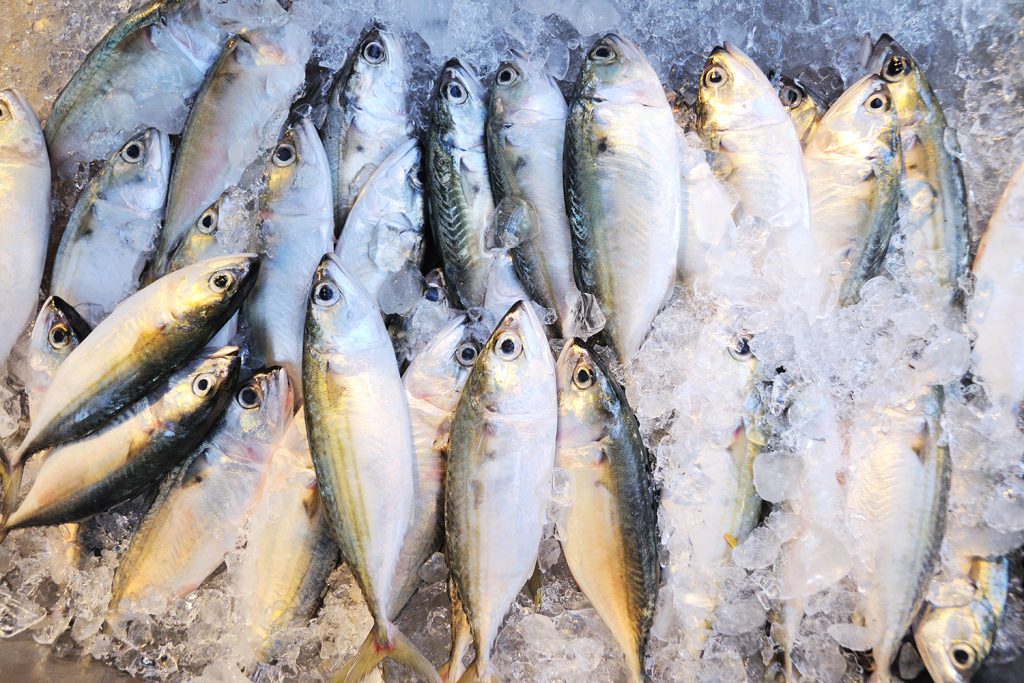
Responsibility
Underdeveloped seafood cold chains threaten livelihoods, food security and climate
The United Nations says a lack of refrigeration in seafood cold chains in underdeveloped regions is a threat to Sustainable Development Goals.



